The production of porcelain in Derby predates the partnership of Andrew Planche and William Duesbury in 1756, which led to the establishment of the Nottingham Road factory, later known as Royal Crown Derby, one of England’s premier porcelain manufacturers.
Early Derby porcelain was heavily influenced by the Meissen factory in Germany and featured finely detailed, brightly colored painted scenes, often with ornate gilding. Popular early designs included figurines, tableware, and vases, often adorned with floral motifs, landscapes, and other decorative elements.
In the late 18th century, the factory began to produce more innovative designs, including the famous "Crown Derby" pattern, which featured a distinctive blue and gold color scheme. Other notable designs from this period included the "Imari" pattern and the "Old Paris" pattern. In self-published promotional materials, the Derby Porcelain Manufactory proclaimed itself "The second Dresden."
During the 19th century, the Derby factory faced increasing competition from other porcelain manufacturers in England, leading to a decline in production. In 1811, the factory was sold to Robert Bloor, who renamed it "Bloor Derby" and continued to produce high-quality porcelain. The synthesis of different traditions and sophisticated craftsmanship during the Bloor period made it one of the finest porcelain factories of the 18th and 19th centuries, and it remains highly regarded by collectors worldwide.
Dimensions:





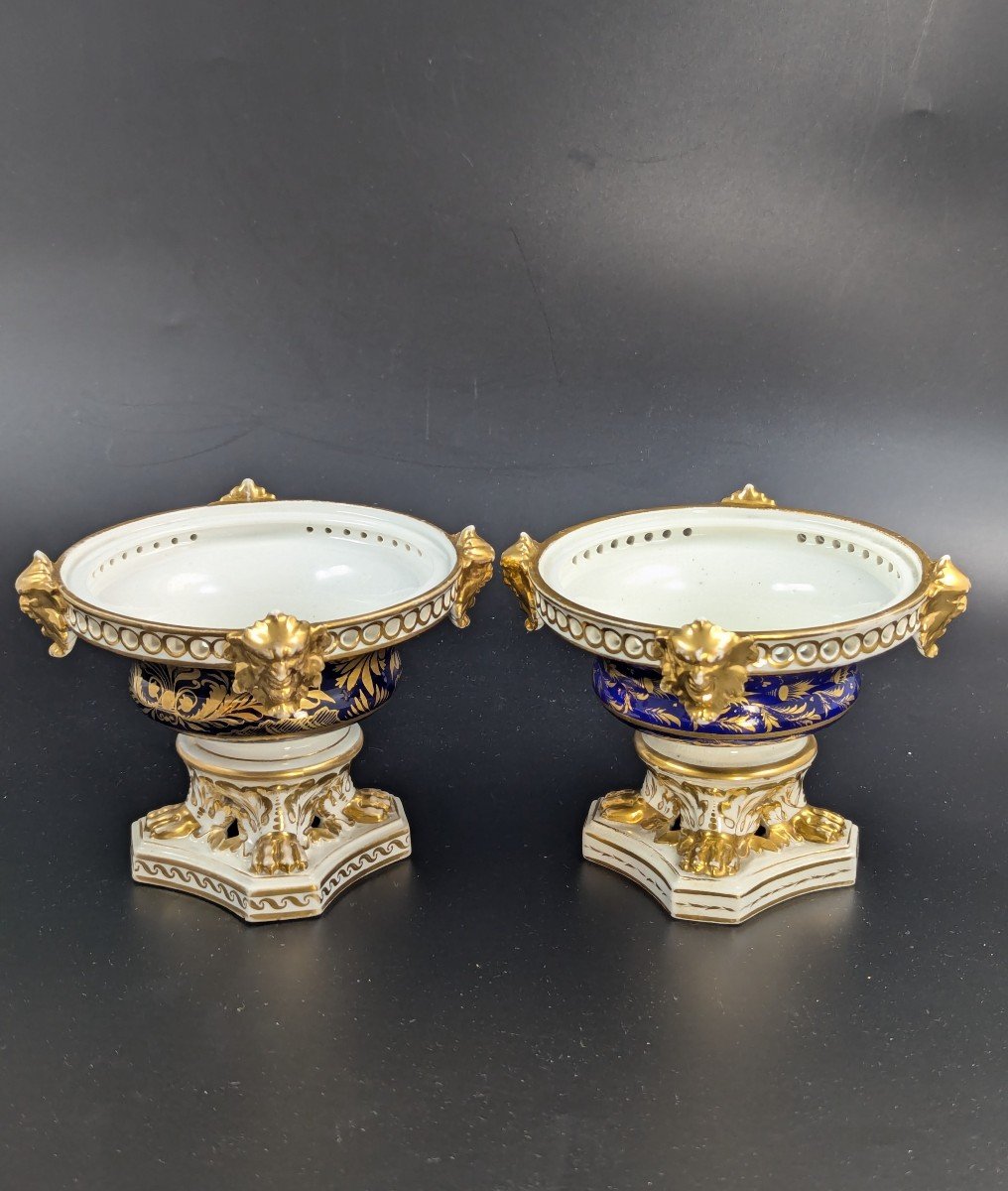
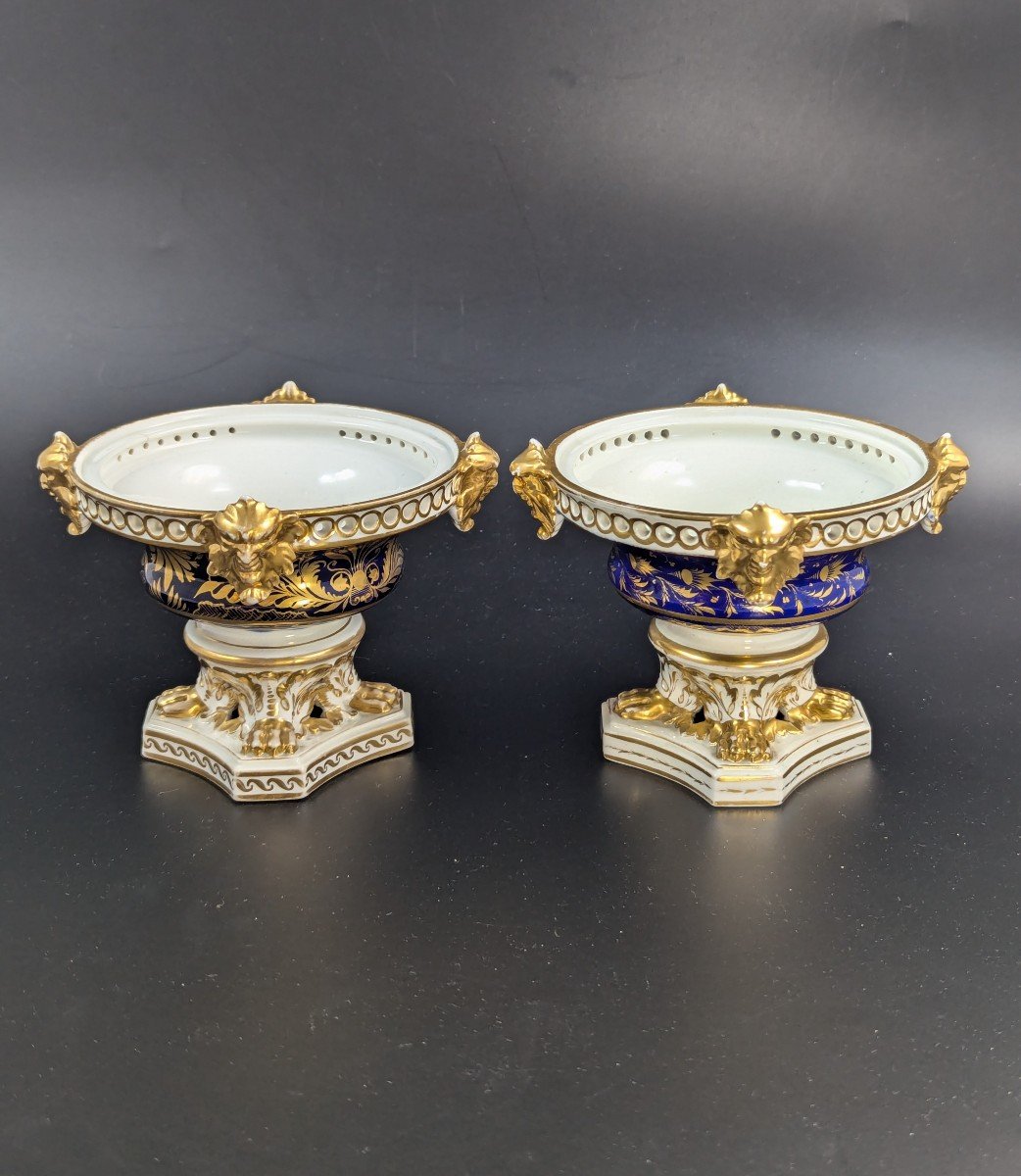

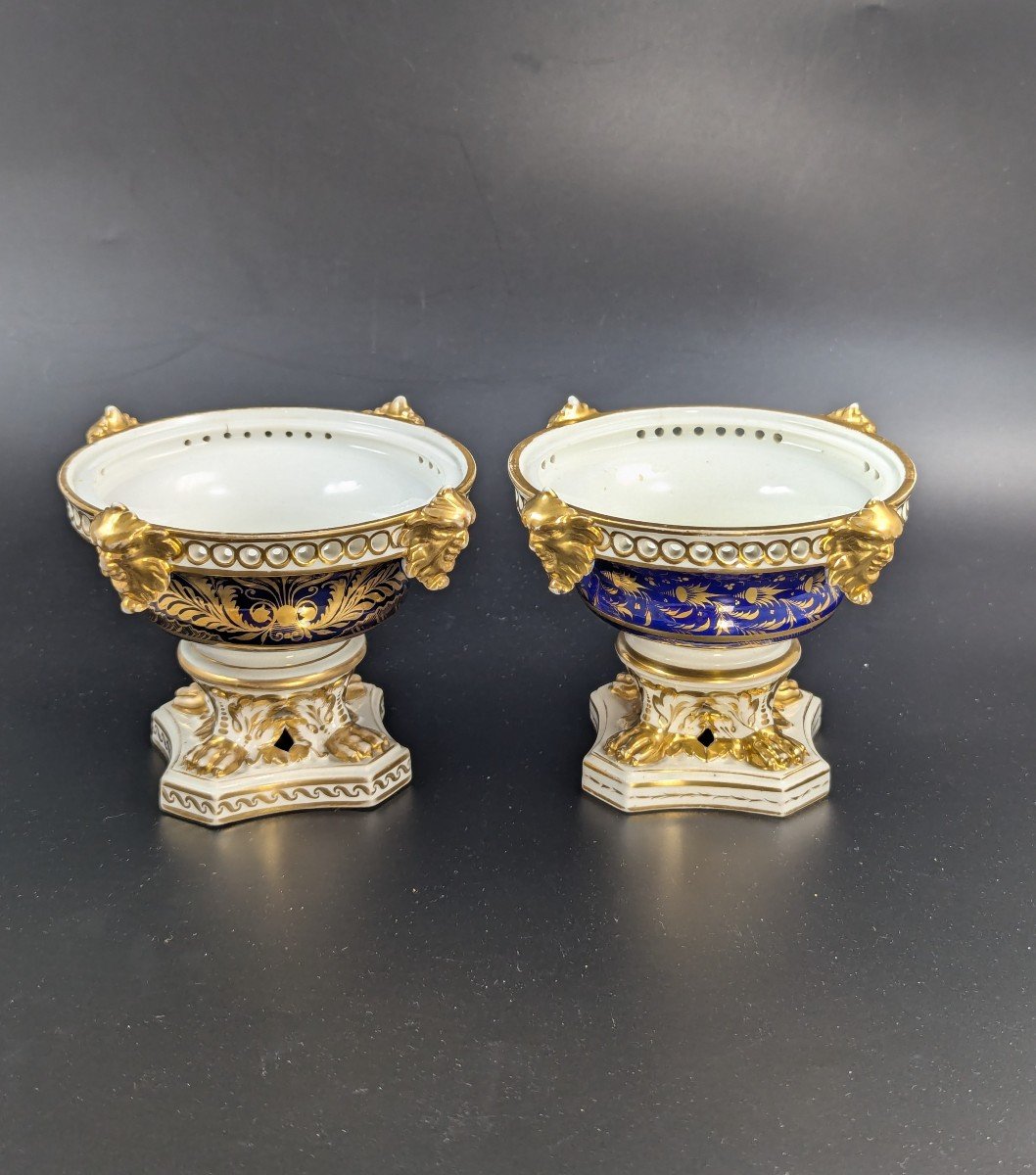
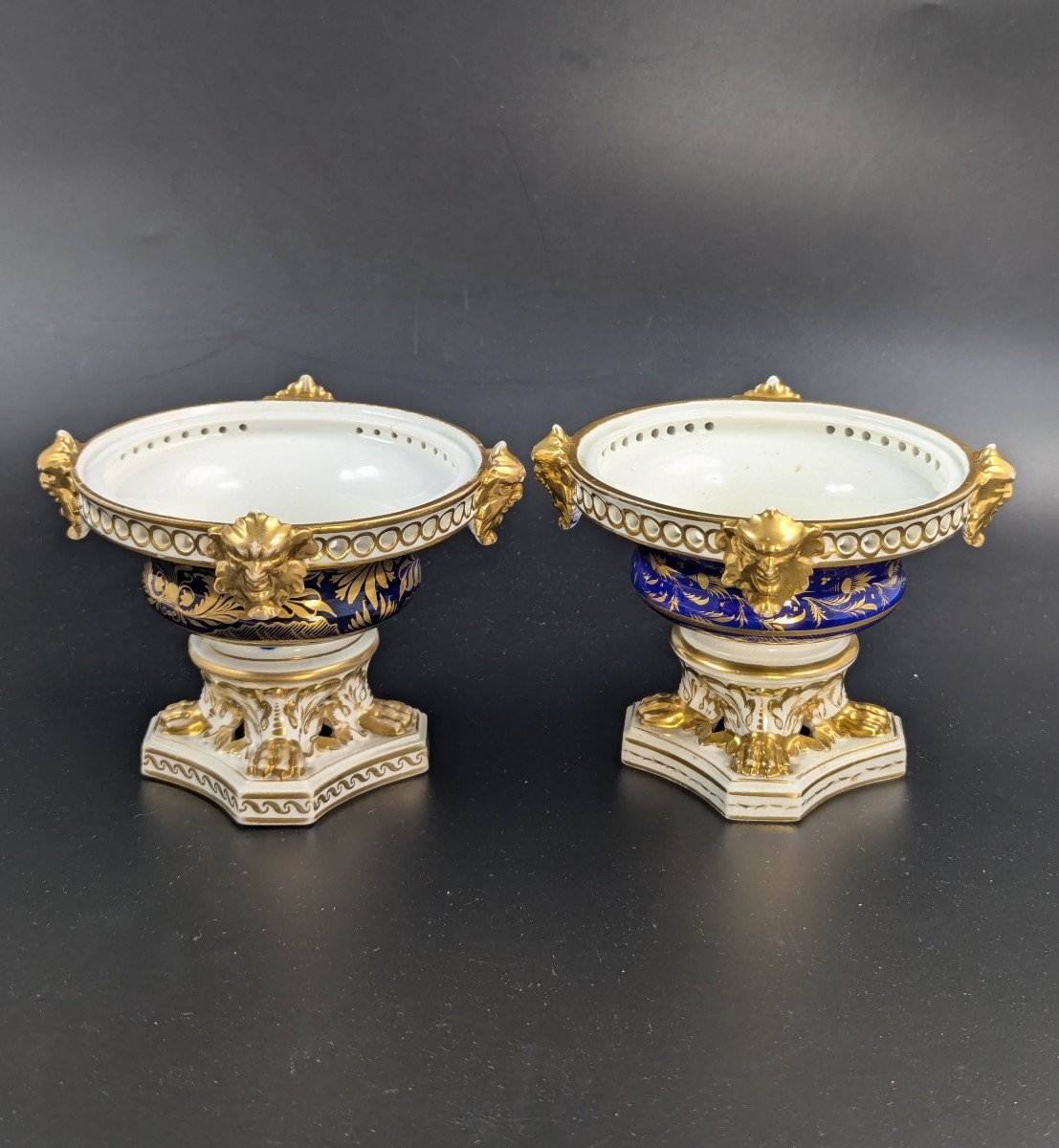


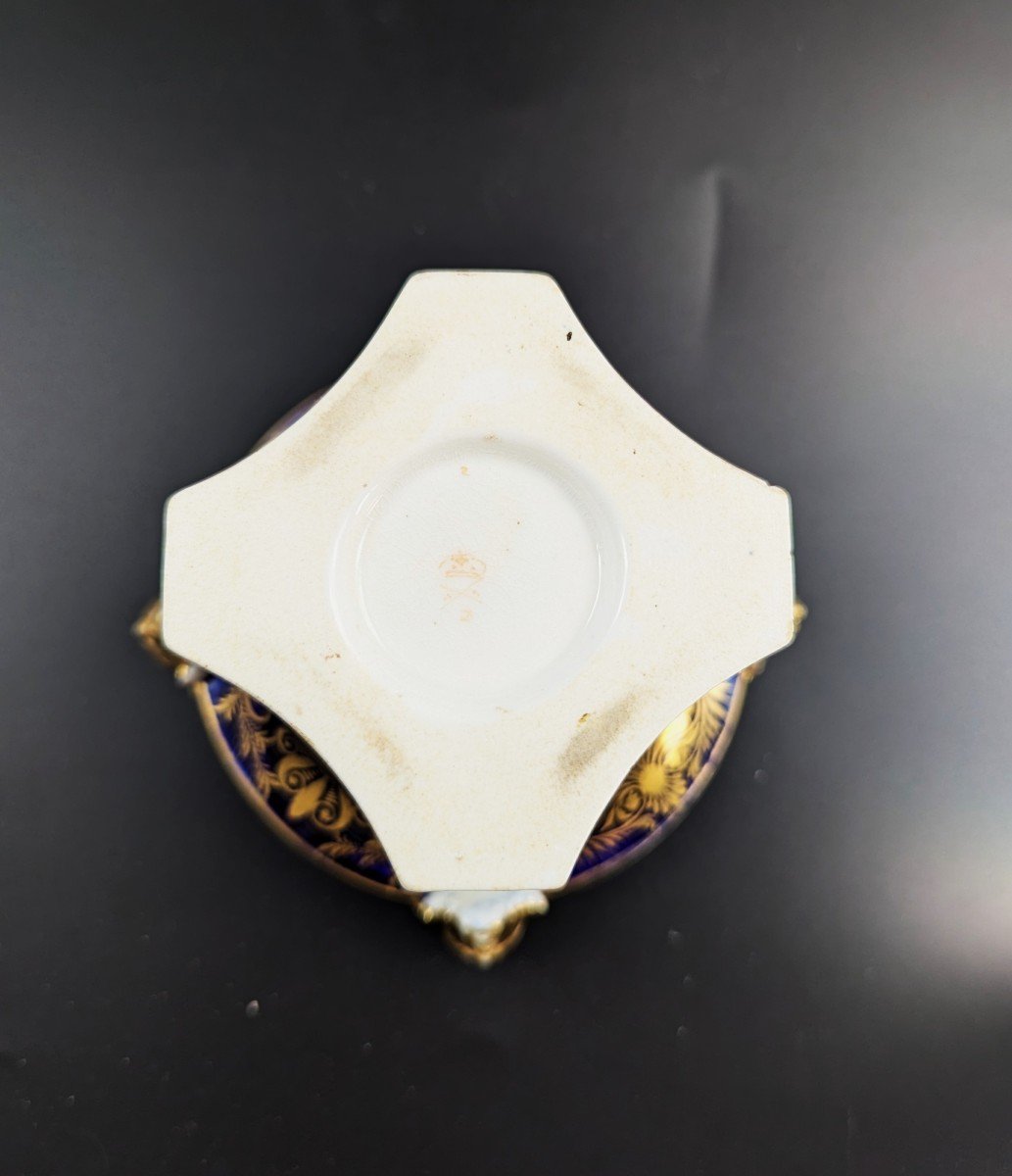
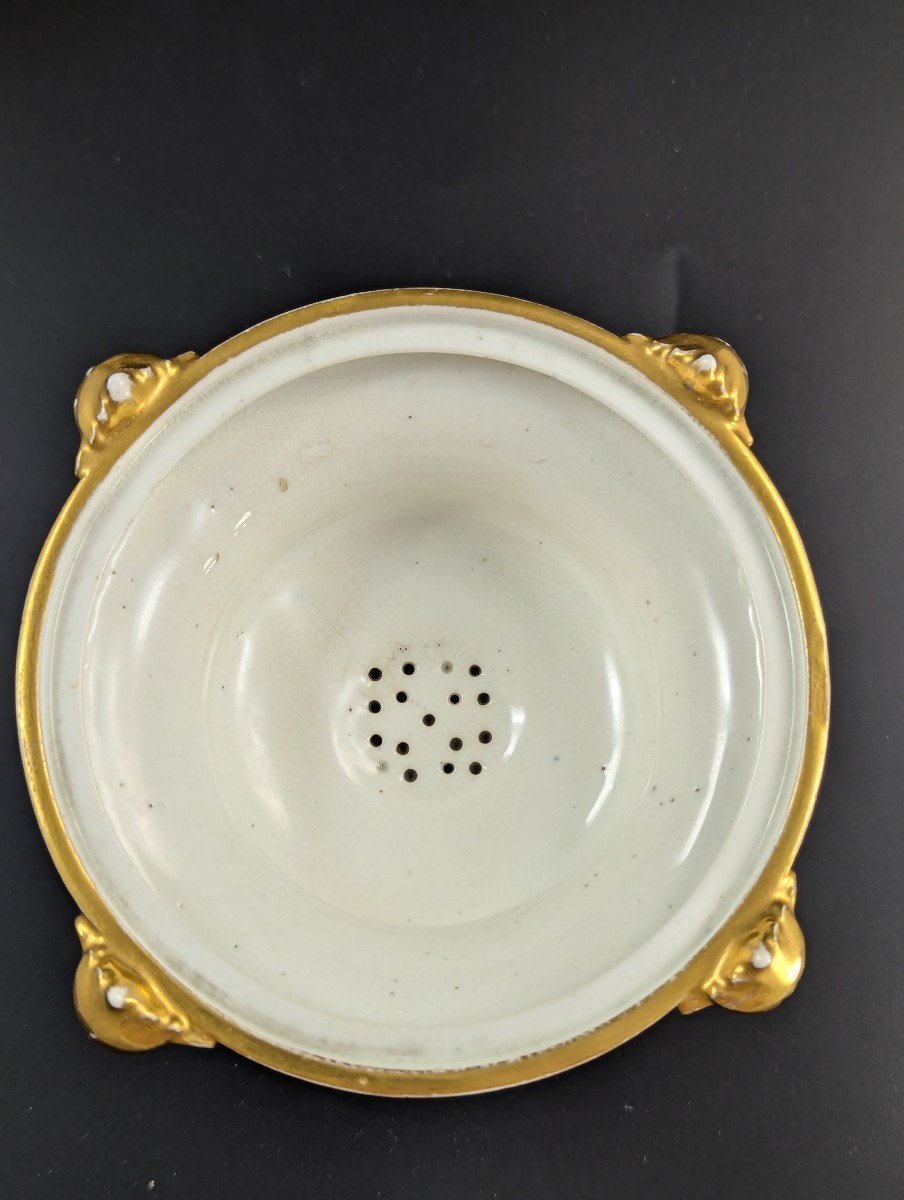







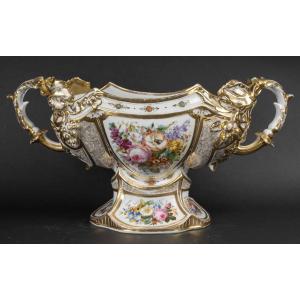

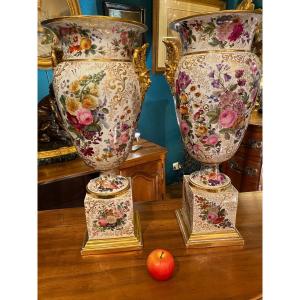
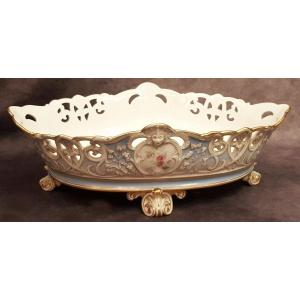





 Le Magazine de PROANTIC
Le Magazine de PROANTIC TRÉSORS Magazine
TRÉSORS Magazine Rivista Artiquariato
Rivista Artiquariato
